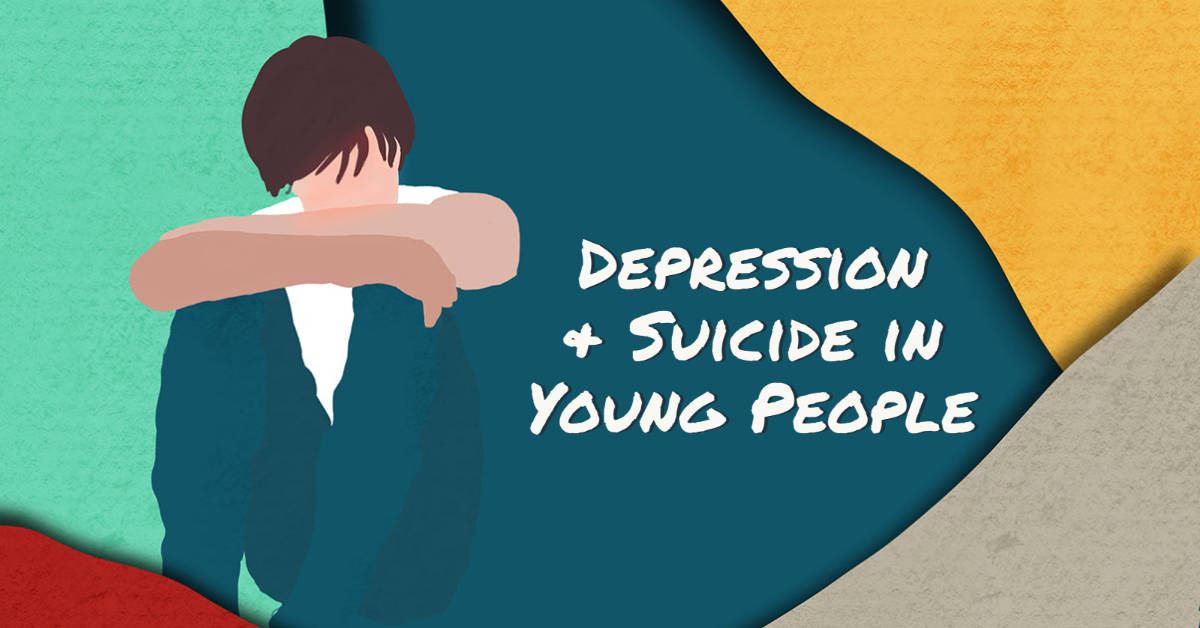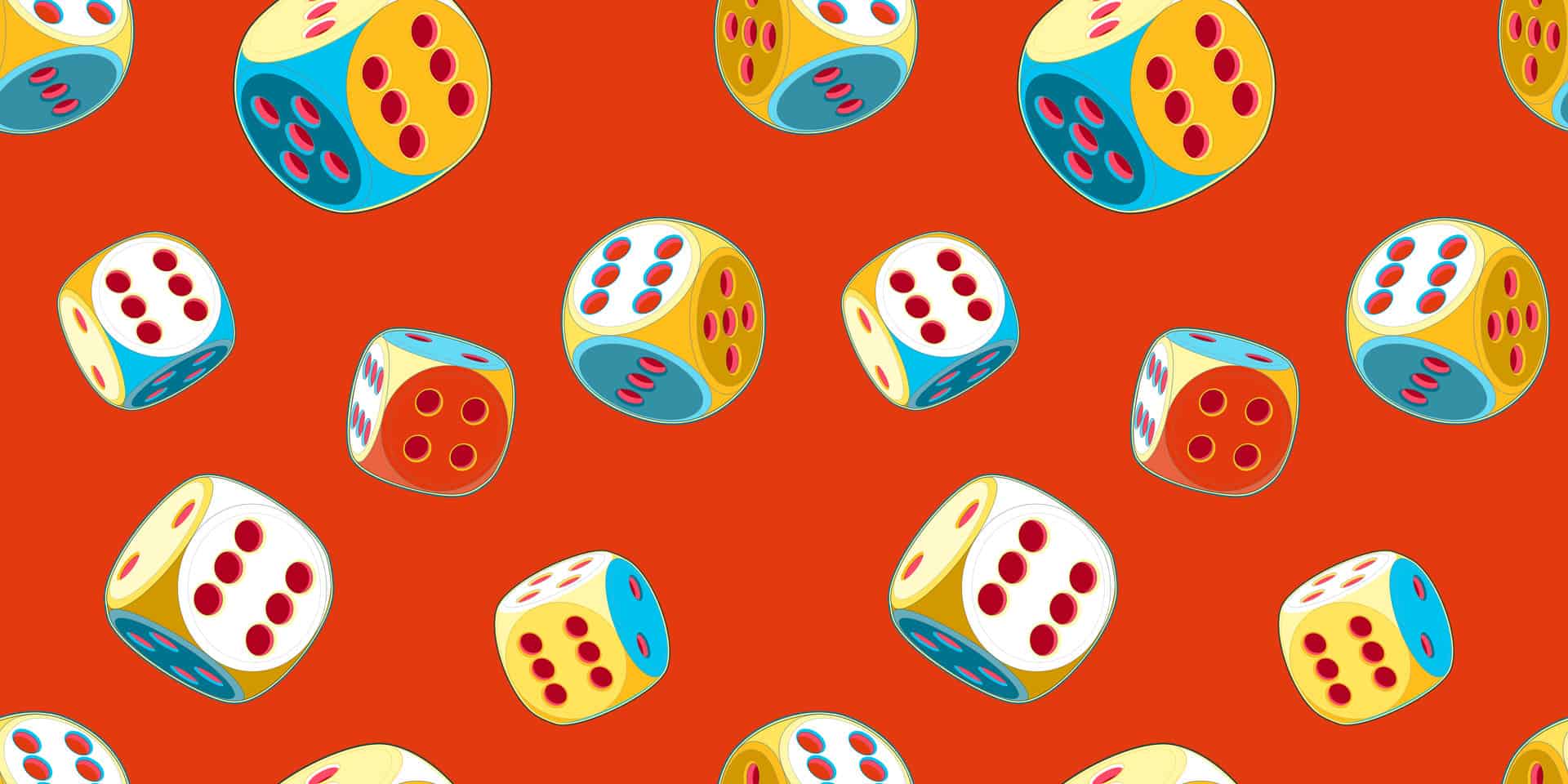Some Statistics
The percentage of adults taking prescription medication or receiving mental health counseling had risen to twenty-five percent by December 2020– an alarming upward trend that gets even steeper among young adults. The proportion of mental health-related visits to the ER for children ages 12–17 years increased by 31% in 2020.
A survey by the Centers for Disease Control & Prevention revealed more than one in ten respondents said they had “seriously considered” suicide in the past 30 days. For those ages 18 to 24, the number was a shocking 1 in 4. Data indicate that the broad effects of the pandemic may be associated with increased rates of suicidal thoughts among young people aged 11 to 21.
Young Emotional Health Stretched to Breaking Point
“Pandemic-related lifestyle changes and disruptions have wreaked havoc on teens’ lives and may have had a significant mental health impact for some teenagers,” said pediatrician Dr. Gary Freed at Michigan Medicine.
“Isolation during the pandemic may be triggering new problems in some teens but for others, the situation has exacerbated existing emotional health issues,” he said.
Most healthy teenagers and young adults have done fine through the pandemic year, provided their support networks have been stable enough to get them through. “What parents and children are consistently reporting is an increase in existing symptoms — a child who was a little anxious before the pandemic became very anxious over this past year,” said Dr. Adiaha I.A. Spinks-Franklin MD, an associate professor of pediatrics at the Baylor College of Medicine. It is the prolonged stress, according to Dr. Spinks-Franklin, that blunts the brain’s ability to manage emotions. For young people who are anxious by nature, or feeling emotionally fragile already, the pandemic and isolation have pushed them to the brink.
Traditional Treatments
The data on antidepressant medications in adults may not apply directly to young people when neural pathways are not fully developed. Guidelines recommend fluoxetine (Prozac), citalopram (Celexa), and sertraline (Zoloft) as first-line treatments for moderate to severe depression, but they take weeks to work and sometimes yield only modest improvement. Some studies have shown little benefit in adolescents and children. These antidepressants typically work on the brain’s serotonin and norepinephrine systems which are not fully mature in children.
“These are not psychologically, or physically mature adults and brain development is incomplete,” says Dr. Ellen Diamond Ph.D., Chief Psychologist with Ketamine Wellness Centers. “Although the human brain matures in size during adolescence, important developments still take place well into one’s 20s,”.
Nowhere to turn
Suicidal thinking is on the rise, all first line antidepressants carry a boxed warning of increased risk of suicide and for parents of teenagers in crisis, there are not many places to turn. Many end up in the local emergency department — the one place desperate families so often go for help.
But emergency departments are already stretched and often are not trained to manage behavioral problems. “This was a huge problem pre-pandemic,” said Dr. David Axelson, chief of psychiatry and behavioral health at Nationwide Children’s Hospital in Columbus, Ohio. “We are seeing a rise in emergency department visits for mental health problems in kids, specifically for suicidal thinking and self-harm. Our emergency department became overwhelmed with it, having to board kids on the medical unit while waiting for psych beds.” When calls come in, hoping to place a patient in crisis, “We have to say no,” said Dr. Axelson. The truth is that most families don’t have many options for where to go next.
Families in Limbo – One Parent’s Story
Melissa’s Story
My daughter’s story will be familiar to many parents. In her mid-teens Lilly (not her real name) began to struggle with anxiety and worsening panic attacks. We took her to her pediatrician who prescribed the SSRI Zoloft and told us to wait a few weeks to see if it would help.
In fact, things seemed to get worse. Despite switches to different SSRIs and sessions with a therapist Lilly fell into a deep depression. Her schoolwork suffered, her grades dropped and when the pandemic hit and school became virtual she found more and more of her friends were also suffering from depression. Lilly wanted to stay in bed for days on end and neglected to shower or care for herself. Then came the self-harming and cutting behaviors.
Lilly began to tell me that she was having thoughts about suicide and when she actually made an attempt, we became deeply frightened. By this time one of her school friends had been admitted to a psychiatric facility and another had been hospitalized. We felt like we were witnessing an epidemic sweeping through vulnerable young people sparked by the isolation of the pandemic. Hospitalization did not seem like an option,but after 6 months or so and multiple medications we were at a loss for what to do. Purely coincidentally I came across a story about veterans suffering from PTSD and being treated with ketamine.
Research, research, research. Was ketamine safe? Was it suitable for young people? Could Lilly become addicted? What were the chances it would help? How fast could it work? We found Ketamine Wellness Centers in Jacksonville and started to become less fearful and more hopeful. The staff made a huge difference and were professional, knowledgeable, and caring (Lilly loved the Physician Assistant). Trust built as we went through their in-depth psychological and medical screening process.
The team explained the advantage of infusion was the dose could be precisely tailored to Lilly and carefully controlled and monitored during the infusion process. Because of Lilly’s age the physician recommended starting with a low dose. By the second treatment 48 hours later Lilly said she was beginning to feel “much better” and we also saw improvement. These days, along with continued talk therapy, we get a maintenance treatment for Lilly every month or so whenever she suspects her symptoms may be returning. We know that there is no cure for Lilly’s disease, we know that coverage from insurance companies is a challenge, but we also know that Lilly, and me her mom, are doing so much better and that the “reset” from ketamine therapy has also given Lilly the chance to develop new coping skills that we’re confident will continue to protect her going forward.
Ketamine Therapy – Potentially Dramatic Benefits for the Most Vulnerable
Four published studies show Ketamine to generally improve depressive symptoms, decrease acute suicidality, and reduce mood lability in young people1. In an earlier 2018 study published in the Journal of Child and Adolescent Psychopharmacology researchers from the Mayo Clinic and the University of Minnesota found participants aged 14 to 18 showed an average 42.5% decrease in depression measured on the Children’s Depression Rating Scale (CDRS). Moreover, five of the teens in the study met the criteria for remission.
Dr. Diamond with Ketamine Wellness Centers recommends ketamine be used for patients have not responded to other medications. When infusions are provided in a clinical setting, patients can be carefully monitored, and medications can be adjusted, which is imperative in young patients. Higher doses of Ketamine have been widely and safely used in children over the past 30 years as an anesthetic thanks to its excellent safety profile. Any concerns about side effects may be less frightening than the threat of chronic hopelessness and suicidality. For the parents of children who seem likely to die from suicide, the decision is not difficult.
“Suicide is the second leading cause of death in adolescents. 40% of depressed adolescents don’t respond to lengthy first-line treatments. Another half of those don’t respond to additional medications paired with regular psychotherapy,” said Dr. Diamond. Ketamine’s anti-depressant effects take effect quickly, often within 24 hours. “If your child had any other life-threatening disease you probably wouldn’t say let’s keep trying the same thing for a few more weeks, maybe it will work this time,”.
1 Kim S, Rush BS, Rice TR. A systematic review of therapeutic ketamine use in children and adolescents with treatment-resistant mood disorders. Eur Child Adolesc Psychiatry. 2020 May 8.





